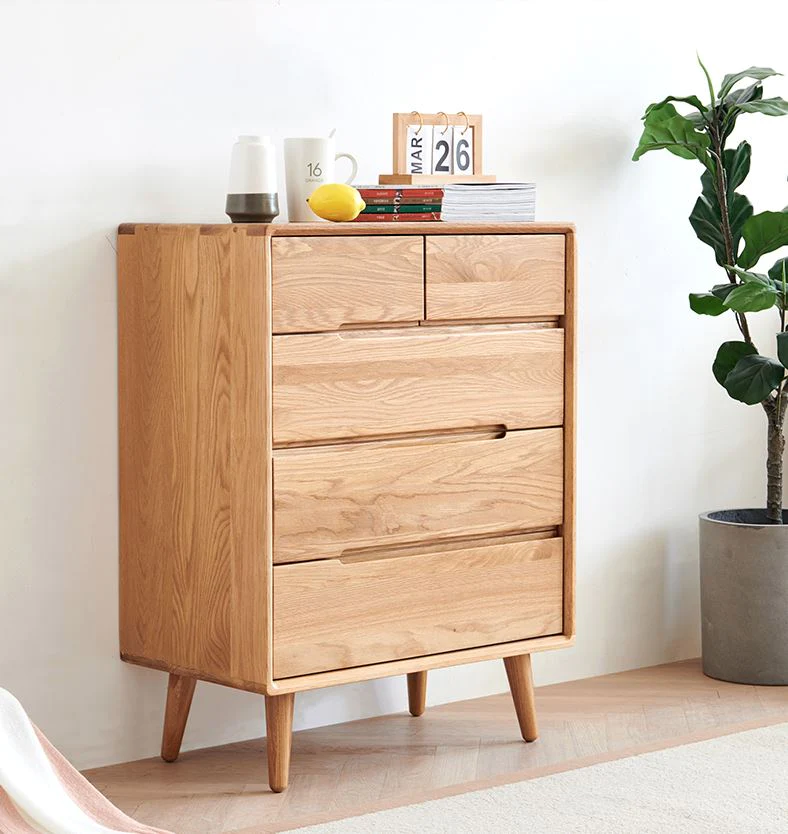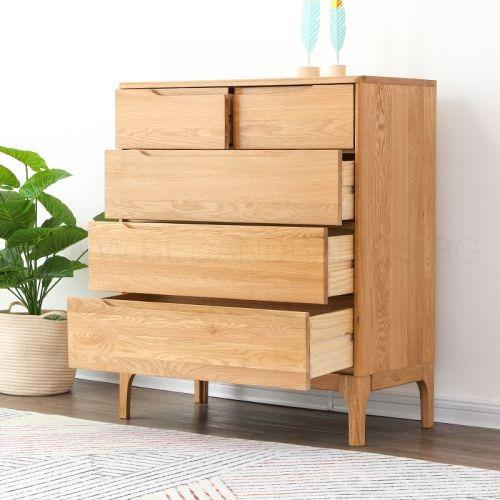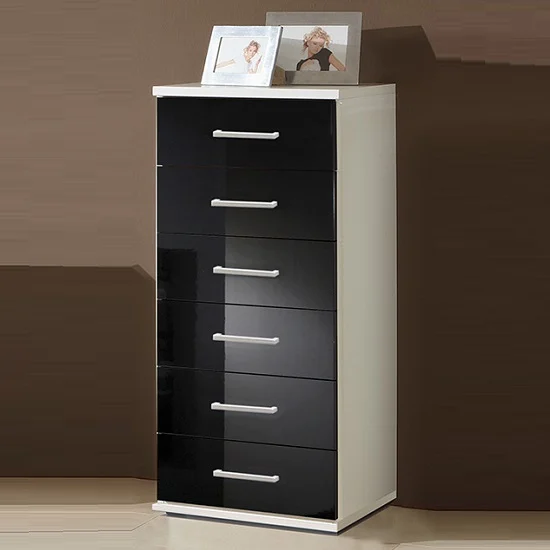Wooden Drawers

Wooden drawers, often recognized as chest of drawers or wooden drawer chests, are timeless pieces of furniture that combine functionality with aesthetic appeal. Typically shaped as short, wide, topless boxes, these storage units are designed to enhance organizational efficiency while adding a touch of elegance to living spaces. Whether gracing bedrooms, living rooms, or other areas of the home, wooden drawers serve as versatile storage solutions. In exploring the world of wooden drawers, we encounter three fundamental principles that underscore their significance: craftsmanship, design versatility, and the practicality of storage. At the heart of every well-crafted wooden drawer is the artistry and skill of the craftsmen who bring it to life. Craftsmanship is a fundamental principle that defines the quality, durability, and overall appeal of wooden drawers. From the selection of raw materials to the meticulous assembly, each step in the manufacturing process contributes to the final product's craftsmanship. Wood selection plays a pivotal role in determining the drawer's character. High-quality hardwoods such as oak, maple, mahogany, or cherry are often chosen for their durability and distinctive grains. The natural beauty of these woods lends a timeless quality to wooden drawers, making them not just functional pieces but also statements of craftsmanship. Joinery techniques, including dovetail joints and mortise-and-tenon joints, showcase the attention to detail and structural integrity of well-crafted wooden drawers. These joints not only enhance the drawer's strength but also add a touch of artisanal elegance. Craftsmen carefully shape and mold the wood, creating smooth surfaces that invite touch and admiration.


